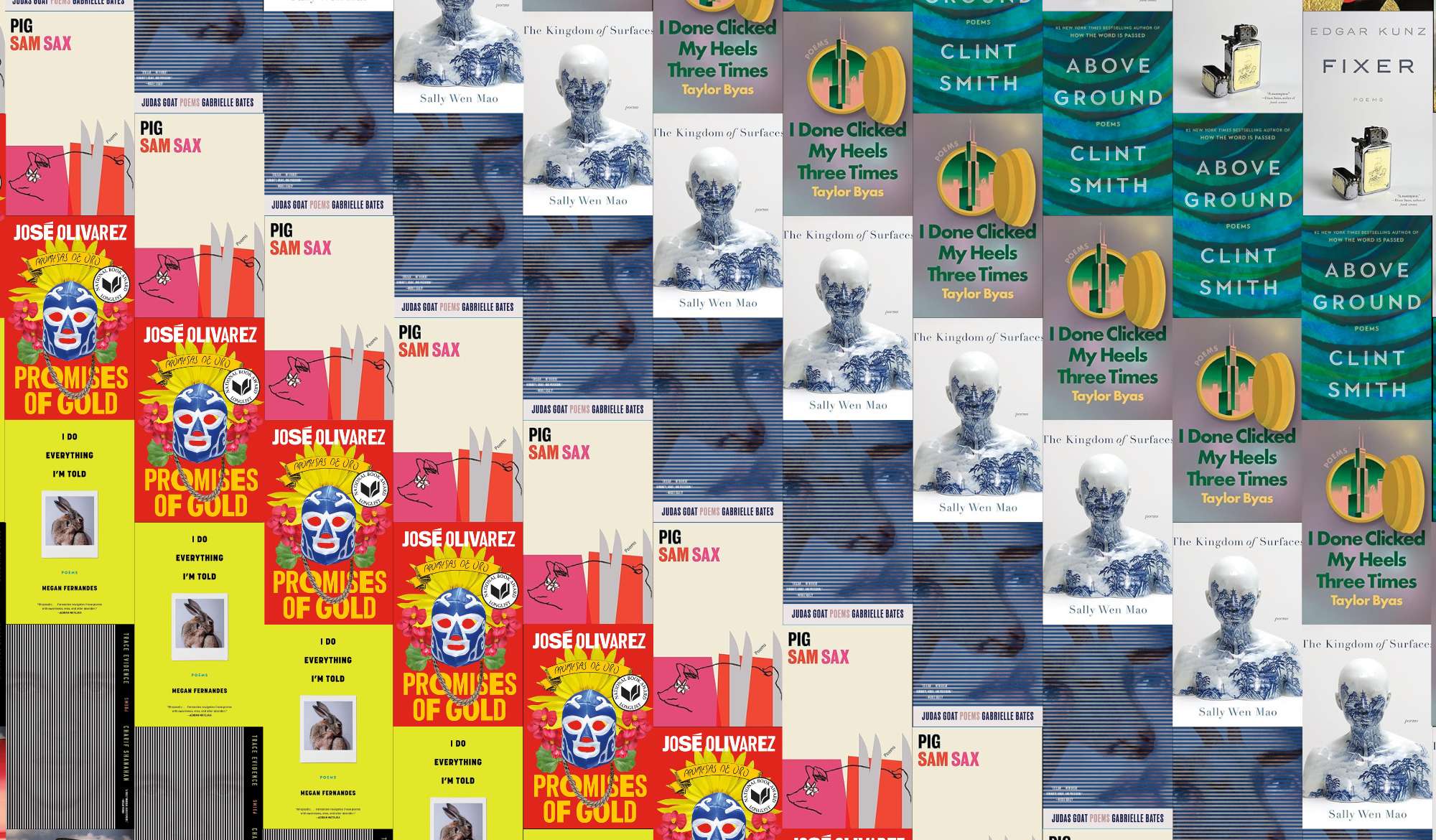Books & Culture
Human Counterparts: The Blizzard by Vladimir Sorokin

Vladimir Sorokin’s novel, The Blizzard defies strict categorization. The dialogue and detail of the novel are immediately familiar as echoing the 19th century Russian novelists. This would appear to be a tale set in Tolstoy’s time; its characters’ speech and way of life seem to reflect the same sensibilities in many other long, cold Russian novels. But Sorokin plays with his reader’s assumptions, and before long The Blizzard is as much fantasy and grotesque as Romanticism. Sorokin’s hero, Garin, is a doctor trying to get to Dolgoye, where people are being afflicted with a virus that turns them into zombies. Yes, zombies — and he has the vaccine. The author’s blend of realism with the fantastic — and the hallucinatory — make The Blizzard an Odyssey through a bizarre, irreverently-conceived world.
The driving force (pardon the pun) of The Blizzard is Garin’s impatience to get to Dolgoye, where he is needed. The blizzard he faces is harsh; the world he travels through is bleak. But in the tradition of many narrative journey stories, the doctor’s tale is imbued with the tension of not being able to move quickly enough, or to keep focused on the task of travel. “‘You have to understand,’” he says in the first few lines, “’I simply must keep going! […] There are people waiting for me. They are sick. There’s an epidemic! Don’t you understand?’” Unable to make those around him realize the importance of (or the speed with which he must undertake) the journey, Garin is at odds with the people as much as the weather. Sorokin taps into his reader’s common sense of frustration, and this sense of futility traveling through the storm offers the book a constant sense of conflict. Like Odysseus and many before him, Garin just can’t seem to stop running into bag guys and things that stall his travel.
What makes this story such a unique animal is its blend of a tone from classical Russian prose with the sensibility of dystopian science fiction. The reader begins to realize that some of our darkest imaginings have their basis in real life hardship. Sorokin describes the oddities of the doctor’s world with the same considerate beauty offered to the idealized pastoral scenes of the 1800s. Sorokin’s, however, always have a twist. As he describes the doctor entering a stable to find horses for his journey, he notes, “In the middle of the workbench was a ceramic cup filled with tiny kopeck-sized horseshoes. Next to it was another cup that held tiny nails for the shoes. Little wooden yokes were strung in rows on the nearby wall, like dried mushrooms. A large kerosene lantern hung over the forge.” In the passage, details like the small dried mushroom yokes and the tiny shoes could seem like symbolic minimalization. But no. “Each horse was no bigger than a partridge.” This is a world where horses under the hood are literal, and sleds are driven by the machinations of animal effort. Tiny animal effort. Sorokin’s world is not reality, but it winks in reality’s general direction. “‘Nowadays there’s so many things that ye cain’t figure out what they’s for,’” the doctor’s companion tells him. And we know early in the book that Sorokin’s characters consider their own world bizarre. Through their eyes and their tale, we begin to consider our world in the same way.
“Drive into the wind, overcome all difficulties, all nonsense and foolishness, move straight on,” the doctor tells himself, “fearing nothing and no one, move along your own path, the path of your destiny, move onward steadfastly, stubbornly. That is the very meaning of our lives!” Though his journey is bananas, it taps into familiar archetypes. The people he encounters are large and small — as Swift does with Gulliver, Sorokin uses these grotesques to parody and poke at the awful reality of their human counterparts. Whether his story correlates strictly to contemporary Russia as a political satire or is just an adventure story reeling in the absurdity of detail is neither apparent, nor necessary to understanding the plot. At times, The Blizzard seems caught up in the absurdity of its own detail, sometimes at the expense of transparency in the story. (For example: when the Chinese show up, why do they have cell phones? What are the mysterious “pyramid” drugs the doctor uses to hallucinate?) We don’t need to know. Not really. The thing about The Blizzard is the journey. Movement through a strange world.
Meaning in Sorokin’s work in The Blizzard is not always plain. That seems not to be the point. This is a wild quest through both a snowy landscape and the author’s imagination.









